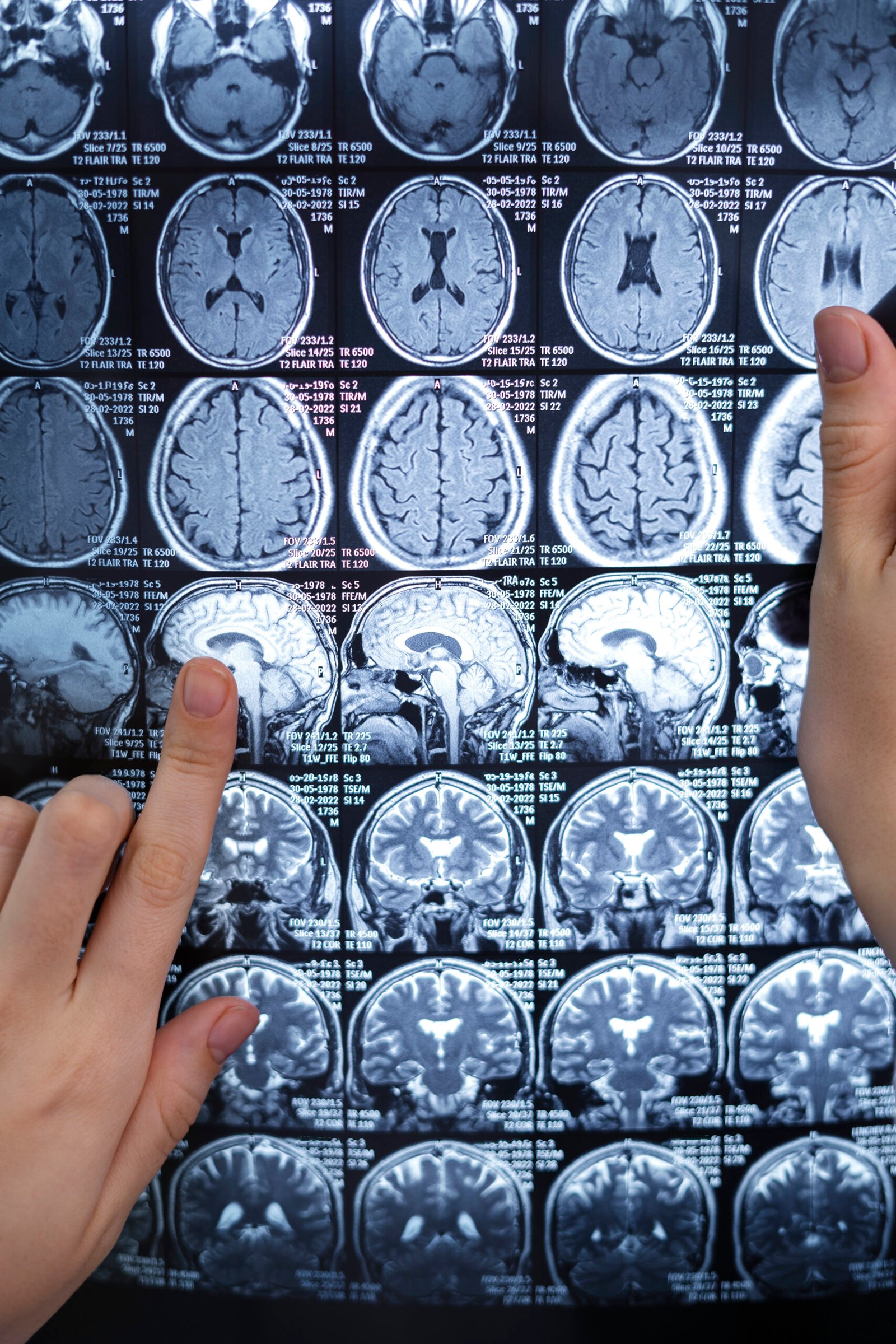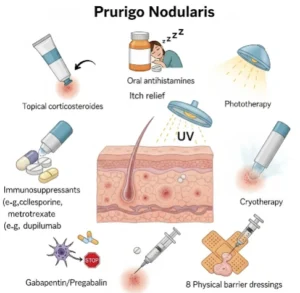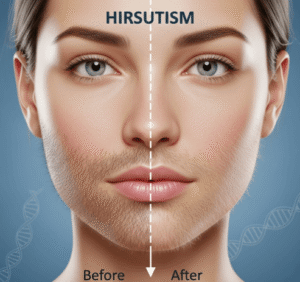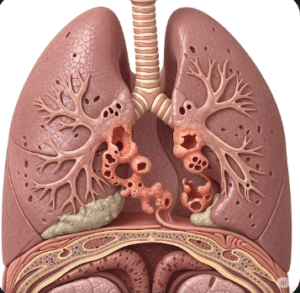Overview
Syntactic aphasia, a subtype of aphasia, involves difficulty in understanding or producing grammatically correct sentences. It specifically affects a person’s ability to comprehend and construct complex syntactic structures, such as using proper word order or sentence composition. In Korea, syntactic aphasia is primarily seen in individuals following a stroke, traumatic brain injury, or neurodegenerative disease. Specialized language and rehabilitation centers in Korea provide effective support for diagnosis and treatment.
What is Syntactic Aphasia?
Syntactic aphasia (often classified under Broca’s aphasia or agrammatic aphasia) is a language disorder caused by damage to the brain’s language areas, particularly the left inferior frontal gyrus (Broca’s area). Patients often understand individual words but struggle with sentence construction and grammar.
For example, instead of saying “The boy is chasing the dog,” a person with syntactic aphasia may say, “Boy… chase… dog.”
This condition impacts:
- Sentence formation (grammar, word order)
- Use of function words (like “is,” “the,” “on”)
- Understanding complex sentence structures
Symptoms
- Difficulty forming complete or grammatically correct sentences
- Omission of small words (prepositions, articles, auxiliary verbs)
- Speaking in short, broken phrases
- Trouble understanding complex sentences
- Frustration while trying to communicate
- Intact comprehension of single words or simple phrases
Causes
Syntactic aphasia is typically caused by damage to the left hemisphere of the brain, especially in language-dominant areas.
Common causes include:
- Stroke (especially left-hemisphere ischemic strokes)
- Traumatic brain injury
- Brain tumors
- Neurodegenerative conditions (like primary progressive aphasia or Alzheimer’s disease)
- Brain infections or inflammation
Risk Factors
- Age (higher risk in older adults)
- History of stroke or cardiovascular disease
- Head injury
- Neurodegenerative diseases
- High blood pressure and diabetes
- Family history of language disorders
Complications
If left untreated, syntactic aphasia may lead to:
- Long-term communication difficulties
- Social withdrawal and isolation
- Depression and anxiety
- Decline in cognitive functions
- Reduced quality of life
- Difficulty returning to work or social roles
Prevention
While not always preventable, the risk can be reduced by:
- Managing stroke risk factors (e.g., blood pressure, cholesterol)
- Using protective gear to prevent head injury
- Early intervention in language and cognitive decline
- Cognitive training and brain health programs
Treatment Options in Korea
South Korea offers world-class neurological rehabilitation services for individuals with aphasia, including syntactic aphasia. Treatment focuses on improving communication skills and maximizing recovery of brain function.
Diagnosis
- Neurological exam
- Brain imaging (MRI or CT scan) to identify damaged areas
- Language assessment by a speech-language pathologist
- Aphasia screening tests (e.g., K-WAB – Korean version of the Western Aphasia Battery)
Rehabilitation & Therapies
- Speech and language therapy: Core treatment for restoring syntactic and grammatical abilities.
- Sentence-building exercises
- Functional communication training
- Use of augmentative and alternative communication (AAC) devices
- Constraint-Induced Language Therapy (CILT)
- Group therapy and family counseling
- Neurofeedback and cognitive-linguistic training
- Digital therapy apps available in Korean for daily practice
Advanced Support
- Rehabilitation hospitals in Korea with aphasia programs:
- National Rehabilitation Center (NRC), Seoul
- Samsung Medical Center
- Severance Rehabilitation Hospital
- Multidisciplinary teams including neurologists, therapists, psychologists, and social workers













